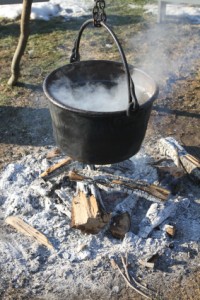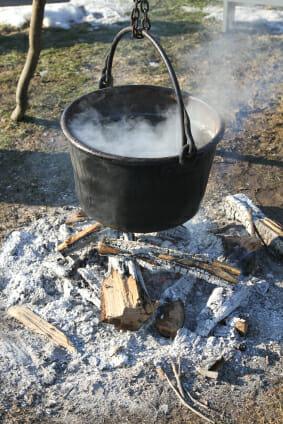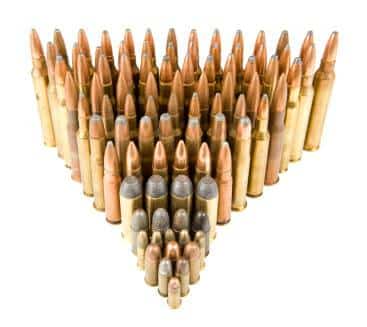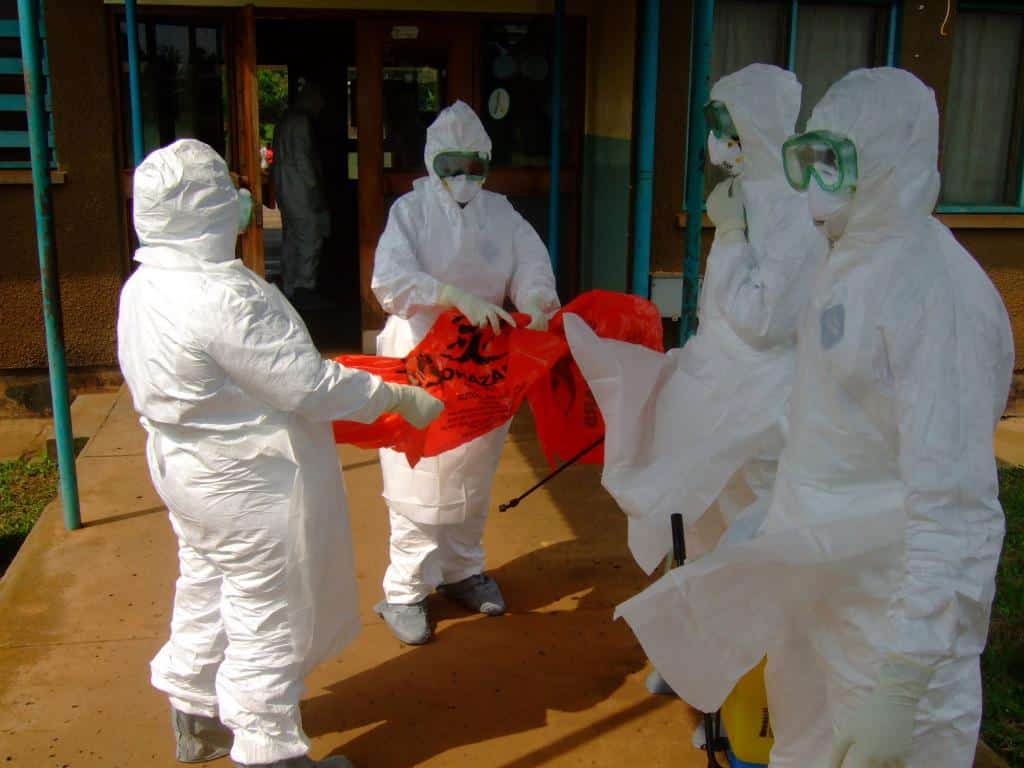 Your water storage has run out, you have found another source of water, but it is not safe to drink. What is a prepper to do? Why, sterilize it of course! With a little effort, you can come to the rescue and turn that questionable water into a thirst-quenching and life-giving resource.
Your water storage has run out, you have found another source of water, but it is not safe to drink. What is a prepper to do? Why, sterilize it of course! With a little effort, you can come to the rescue and turn that questionable water into a thirst-quenching and life-giving resource.
Sterilization Techniques
There are several ways to sterilize your water. Which one will work for the situation largely depends on what you have to work with – both in the original water as well as the tools available. Learning all of these methods ahead of time (and having the tools for execution available) can help you avoid mistakes when doing it right is critical.
Boiling
Boiling water is probably the most commonly known method for cleaning up dirty water. And it has a lot of benefits. All you need is a pan and lots of heat and you can kill many of the common waterborne bacteria and get that much closer to safe drinking water.
To be effective, the water must actually be boiling – in other words, a rolling boil with lots of big bubbles breaking the surface of the water very rapidly. Allow this to continue for several minutes.
If boiling is your only option, it is certainly better than nothing. However, boiling does not remove all the possible contaminants from water, and does nothing about sediment or solid particles in the water.
Distillation
Distilling water takes a bit more set up, but is worth it in terms of cleaner water that is sediment free.
In order to distill water, you will need a pan for boiling, a collection tray (and way to suspend it) for the steam, and another pan, pitcher, or other receptacle for the treated water.
While you can certainly buy fancy equipment for your water distillation, you can also create your own system from things you can find at home. For example, using wire, attach a large piece of tin foil to two pans. The foil should be raised above the pans, and sloping downward from the one over the heat source, to the one for collection. Put your water into the pan over the heat source. As the water boils, stem will rise, condense on the tin foil, and then run down into the second pan for collection.
Distillation is not a perfect solution either however, as some contaminants will still get through.
Chlorine
When it comes to killing bacteria, treating your water with chlorine bleach is probably your best option. Use 8 drops of bleach per gallon of water, stir, and then allow the water to sit (covered) with the chlorine for at least one hour.
This method may leave a slight taste, but if you are at all used to drinking water from your city tap it will probably be about the same.
Of course, the downside to this treatment option is that you have to have chlorine. Though like any liquid it is somewhat heavy, carrying a gallon of bleach in your trunk is probably a worthwhile use of space. You can even fill a small flask or bottle of any kind to keep in your purse or grab-and-go backpack. Always make sure any container is tightly closed though, as you don’t want to bleach your clothing, the fabric in your car, or anything else unintentionally.
Make sure that the chlorine bleach that you have for water treatment is the plain and unscented kind so that you don’t end up drinking unwanted chemicals.
Another possibility is to use iodine. You want to make sure to use actual iodine, and not any of a multitude of over-the-counter antiseptics or mixtures that contain iodine.
Like using chlorine bleach, simply add the iodine and wait for at least one hour to let it do its magic. You will need to use one tablet per quart of water.
Store bought filtration
Safe water is a big deal, and as a result it is also big business. There are a whole multitude of water filtration systems on the market that cleanse your water of a whole variety of things. They even have water filtration “straws” for backpackers and others who may need to filter water on the move.
When shopping for a water filtration system, make sure to do your research to find the right one.
- What exactly are you getting? Is this a system that will be installed with your plumbing, one that attaches externally, or something to take with you on the go?
- How much water can it filter? When will you need to replace the components of the filter and how much will that cost?
- What is being filtered out? Is this filter really only good for the relatively clean water coming from your faucet, or could you stick it into a muddy swamp and suck up clean water?
Powdered charcoal
If you are in the woods, something you are almost sure to have access to is fire. Not only can that fire provide warmth and cooking power, but the ashes can help purify your water.
Grind up clean ashes from the fire. In other words, ashes that are from untreated wood (no plastic or anything crazy like that either) that have just recently been burned and not sitting around for a long time. Place the ashes in a strainer (the smaller the holes the better), place the strainer atop a funnel, and pour the water through.
While this method alone will probably not be sufficient, it serves as a great backup to boiling, distilling, or bleaching your water. Once you have done one of those things first, the charcoal may get some of the contaminants in the water that the first method may have left behind.
Water is life
Never take for granted the easy access to clean water that most of us in the western world enjoy. In other parts of the world they regularly deal with dysentery, illness, and even death because of a lack of clean potable drinking water. Make sure you are not dependent on any on-grid systems to keep this life-giving substance flowing to you, and know how to make sure your family is getting the safest water possible no matter what the circumstances.
_____________________________________________________________
New Ultra Efficient Water Filter Fits In Your Pocket!
Made For Paratroopers – Now Available to Citizens for the First Time
_____________________________________________________________










